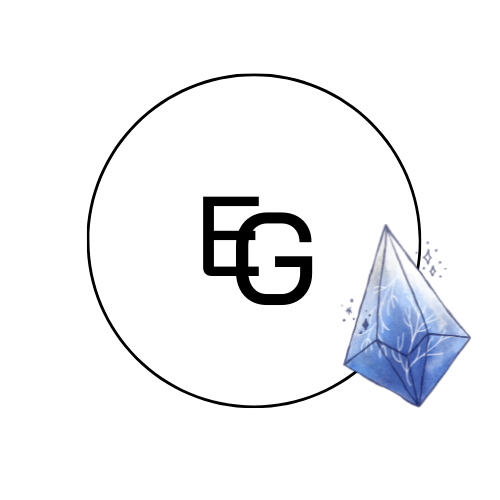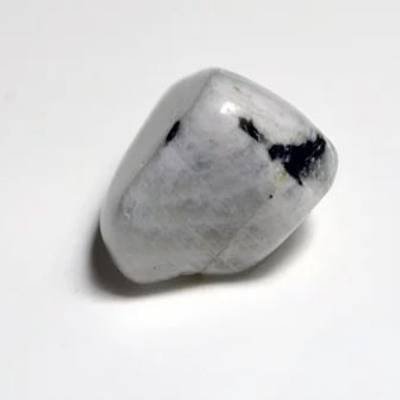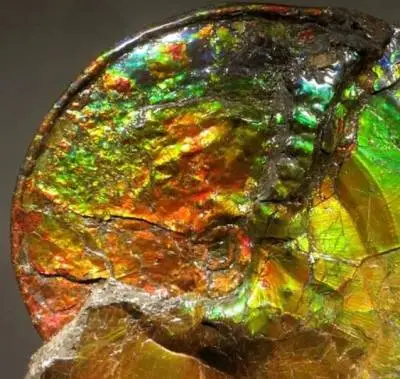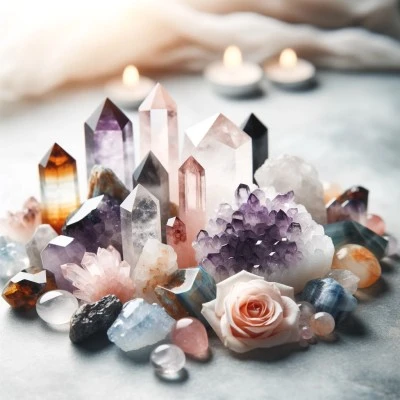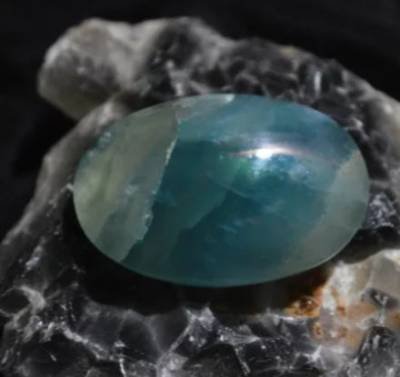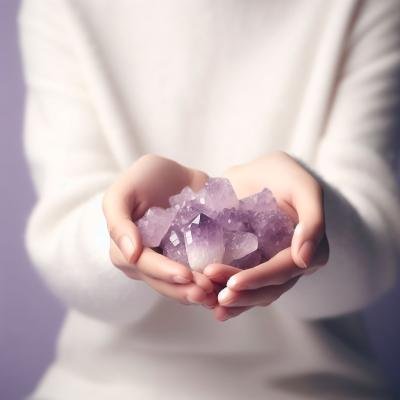Garnet’s Radiance: Unveiling the Mystique Behind January 9th’s Birthstone
Birthstones have long been associated with specific months, offering symbolic and sometimes believed therapeutic properties to those who wear them. For those born on January 9th or any day in this chilly month, there’s a gem that particularly resonates with them. Discover the significance and allure of January’s unique birthstone in the following article.
I. Introduction
Birthstones have been treasured for centuries, often regarded as symbols of power, luck, and protection. They serve as personal gems, representing each individual’s unique set of characteristics and connections to the cosmos. Among these, January’s birthstone stands out with its rich color and storied past.
A. Significance of birthstones
Birthstones are more than just decorative gems. Historically, they were believed to harness cosmic energies and grant protection, luck, or healing properties to the wearer. Over time, these stones became symbolic of one’s birth month, serving as a personal talisman.
B. Connection to January
January, a month characterized by fresh beginnings and cold winter days, is represented by a gem as vibrant and rich as the promise of the year ahead. It is a month when nature rests, and the birthstone for this period symbolizes warmth, energy, and life.
II. Historical Roots of Birthstones
The concept of birthstones can be traced back millennia, with various cultures adopting different gems to signify months or astrological signs.
A. Origin and early beliefs
The earliest mention of birthstones is often linked to the Biblical Aaron’s breastplate, which had 12 stones representing the 12 tribes of Israel. Over time, these stones were connected to the zodiac signs and then months.
B. Cultural variations and interpretations
Different cultures have their own sets of birthstones. For instance, while the Western world might associate garnet with January, other cultures might have different gems for this month. These variations arise from local traditions, available resources, and specific cultural beliefs.
III. January’s Birthstone: The Garnet
The garnet, known for its deep red hue, is the gem that graces those born in January. However, its beauty is just one aspect of its allure.
A. Description and characteristics
Garnets are often imagined as deep red stones, but they can actually come in a range of colors, from green to orange and even some blues. The most common and recognized variety is the rich, red pyrope garnet.
B. Symbolic meanings and associations
Throughout history, garnets have been symbols of protection, passion, and prosperity. Travelers once carried them as protective talismans, and they were believed to light up the night and keep the wearer safe from nightmares.
C. Varieties and their unique features
While the red garnet is the most known, there are other varieties like the green tsavorite and the orange spessartine. Each type has its unique characteristics, origin, and, sometimes, associated legends.
IV. Garnet’s Therapeutic and Spiritual Properties
Beyond its beauty, garnet is believed to possess therapeutic and spiritual properties.
A. Historical uses in healing and rituals
Ancient civilizations believed garnet could cure ailments, protect against poison, and ward off evil spirits. Its deep red color was also associated with the heart and was thought to promote love and passion.
B. Modern beliefs and applications
Today, many still regard garnet as a stone of commitment, love, and passion. Some also believe it can enhance energy levels, promote self-confidence, and stimulate dreams and visions.
V. Care and Maintenance of Garnet Jewelry
While garnets are fairly hardy, they still require care to maintain their sparkle and beauty.
A. Cleaning and storing tips
Gentle soap and warm water are ideal for cleaning garnets. After washing, they should be dried with a soft cloth. It’s also advisable to store them separately to avoid scratches from other jewelry pieces.
B. Common damages and how to avoid them
Exposure to harsh chemicals can affect garnet’s luster. It’s best to remove garnet jewelry before doing chores or using cleaning agents. Moreover, avoid wearing them during strenuous activities to prevent any potential damage.
VI. FAQs
Q: Are there two birthstones for January?
A: No, the primary birthstone for January is the garnet. However, different cultures and traditions might have alternate stones associated with January, but garnet remains the widely accepted choice.
Q: What is the real birthstone for January?
A: The universally recognized birthstone for January is the garnet. Its deep red hue is often associated with this winter month, symbolizing warmth and passion.
Q: Is garnet an expensive stone?
A: The price of garnet varies depending on its type, quality, and source. While some garnets, like the common red pyrope, are relatively affordable, others, like the green tsavorite or the blue garnet, can be quite pricey due to their rarity.
Q: How rare is garnet?
A: Garnets are not particularly rare as a group, but specific types like blue garnet or color-changing garnets are uncommon and, thus, more valuable.
Q: Does garnet have any healing properties?
A: Historically, garnets were believed to have healing properties, from curing ailments to promoting love and passion. While modern science doesn’t back these claims, many still value garnets for their spiritual and therapeutic symbolism.
Q: What colors do garnets come in?
A: Garnets come in a wide range of colors, including red, green, orange, yellow, and even some blues. The specific type of garnet determines the color.
Q: Can garnets be synthetically made?
A: Yes, synthetic garnets can be produced for industrial and gemstone purposes. However, natural garnets are preferred for jewelry due to their authentic beauty and value.
VII. Conclusion
A. The timeless allure of garnets
The garnet, with its rich hues and storied past, has captivated the hearts of many for centuries. Its timeless allure lies not just in its beauty but also in the myriad of legends, beliefs, and values associated with it.
B. Personal connection to one’s birthstone
To wear one’s birthstone is to forge a personal connection to a legacy that spans millennia. For those born in January, the garnet is not just a gem; it’s a symbol of their essence, offering warmth, passion, and protection.
VIII. Suggested Readings
Birthstones are a fascinating topic, offering a blend of history, culture, and personal significance. For those wishing to delve deeper, the following books provide a comprehensive look:
- “The Book of Birthstones” by Jarl Van Tricht: A comprehensive guide that delves into the history and significance of each month’s gem.
- “Gems of the World” by Cally Oldershaw: This book offers a visual feast of gems, including garnets, detailing their origins, varieties, and unique characteristics.
- “The Curious Lore of Precious Stones” by George Frederick Kunz: A classic tome that explores the myths, legends, and history behind the world’s most treasured gemstones.
- “Stoned: Jewelry, Obsession, and How Desire Shapes the World” by Aja Raden: A captivating exploration of the societal and personal impact of gemstones throughout history.
- “The Gemstone Chronicles: The Ruby” by William L Stuart: While a fictional adventure, this novel weaves garnets and other gemstones into its core plot, offering an entertaining take on the magic of stones.
Each of these books offers a unique perspective on gemstones, further enriching our understanding and appreciation of these natural wonders.
